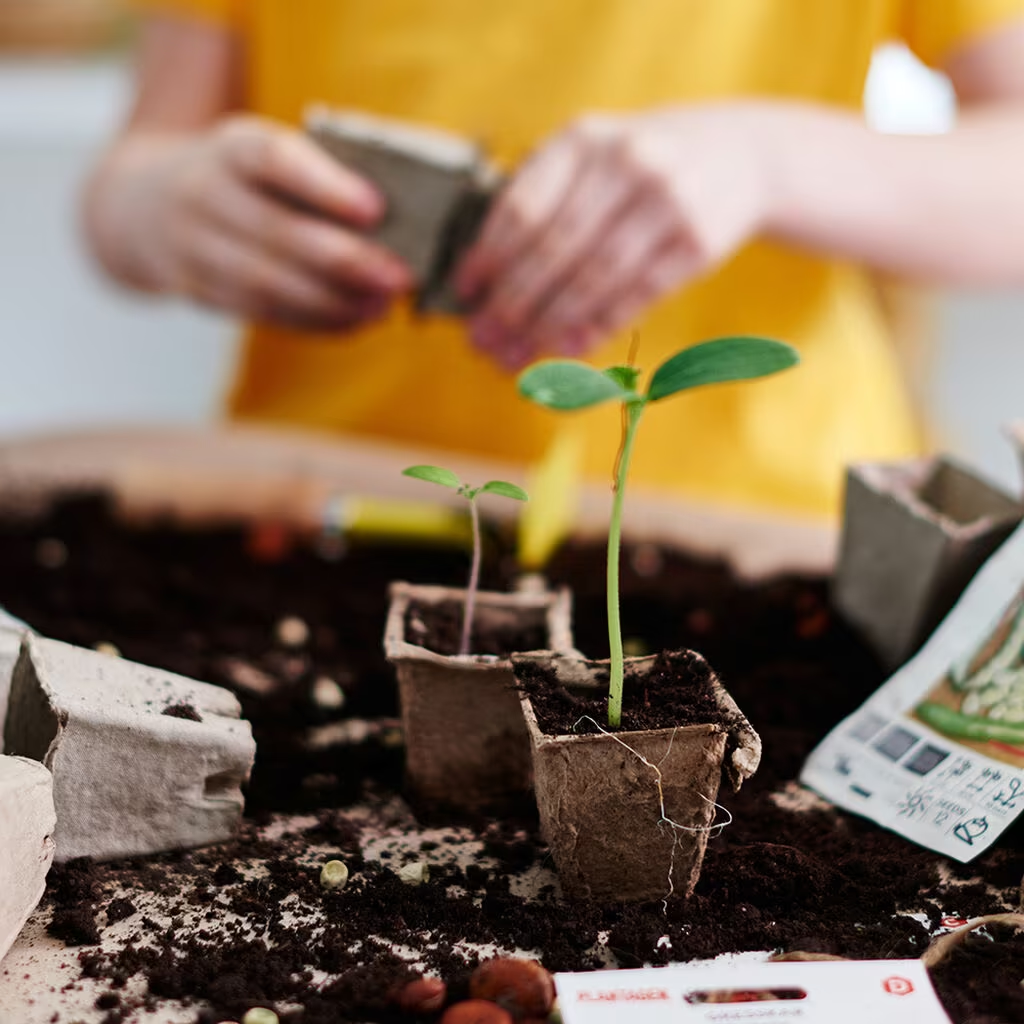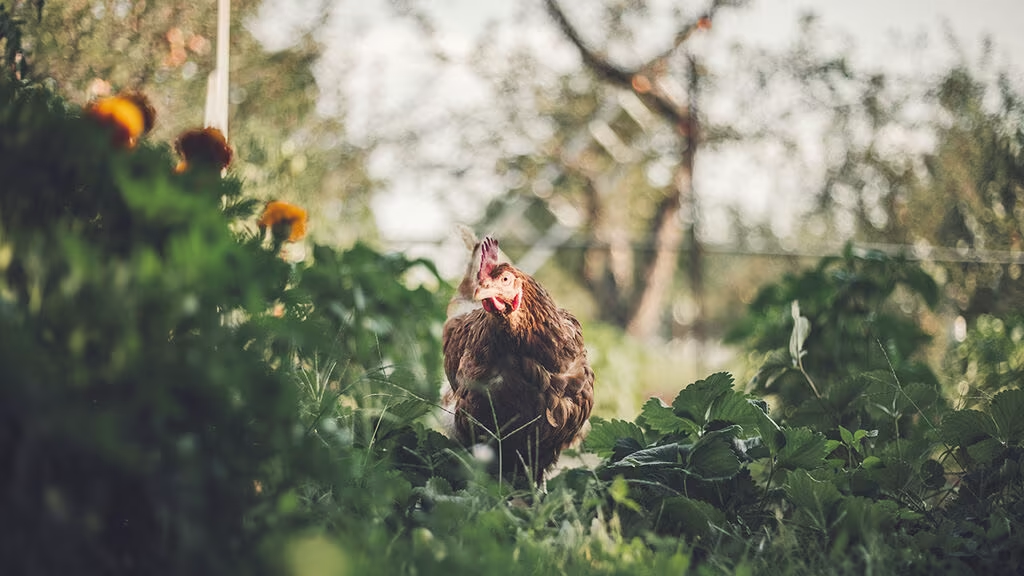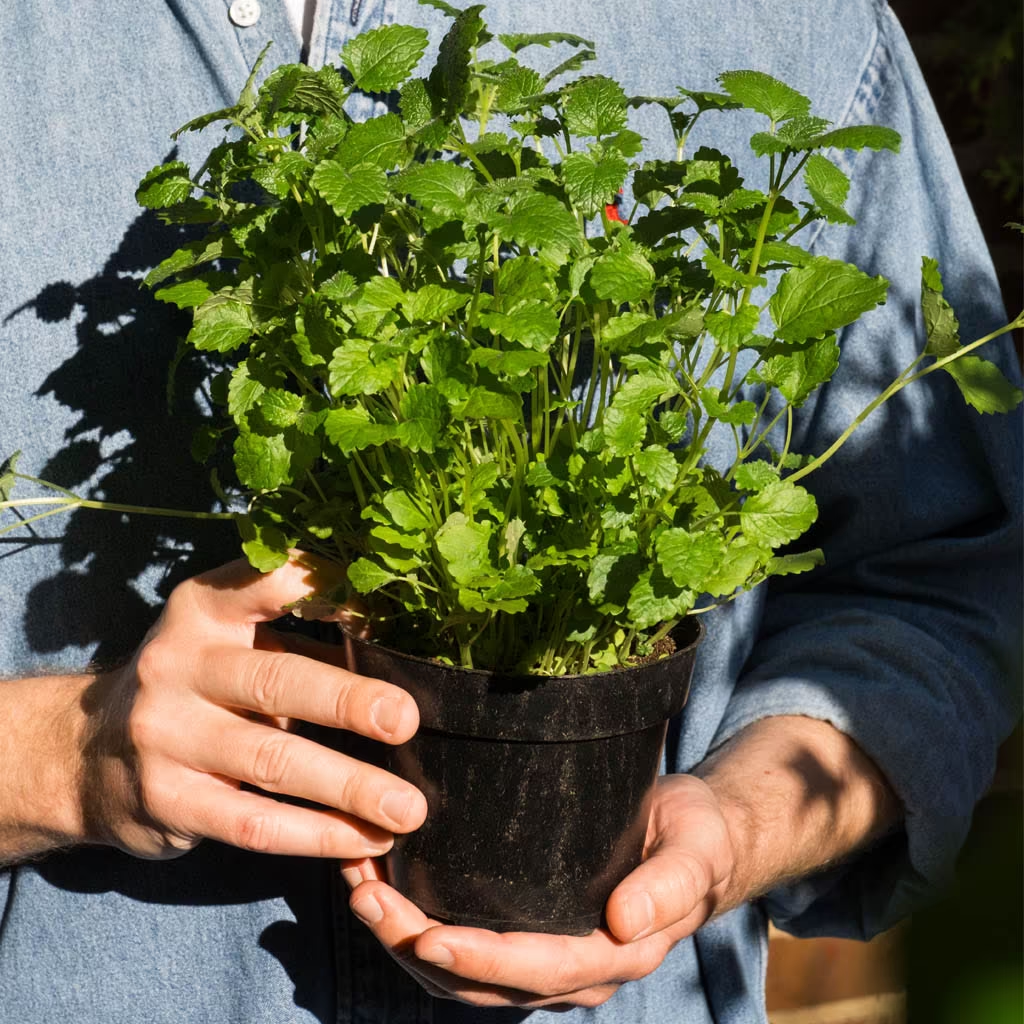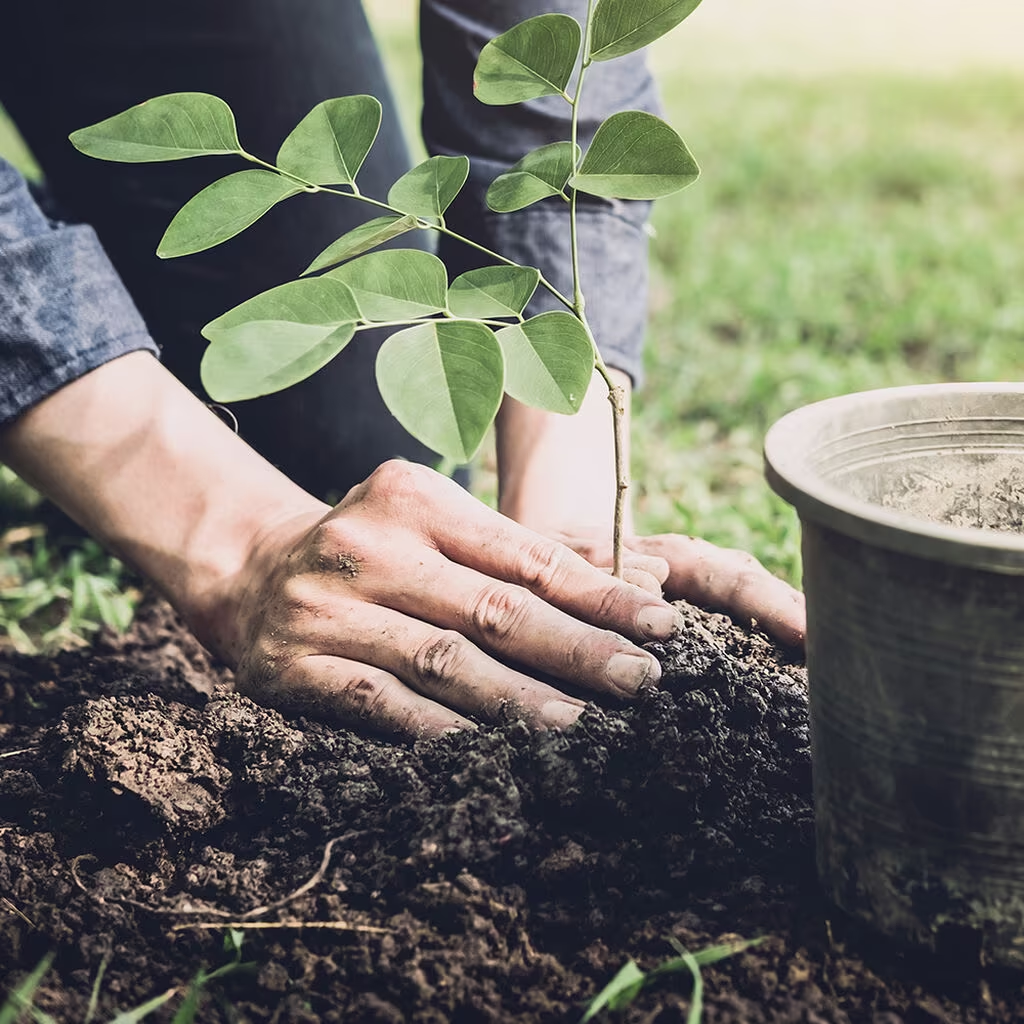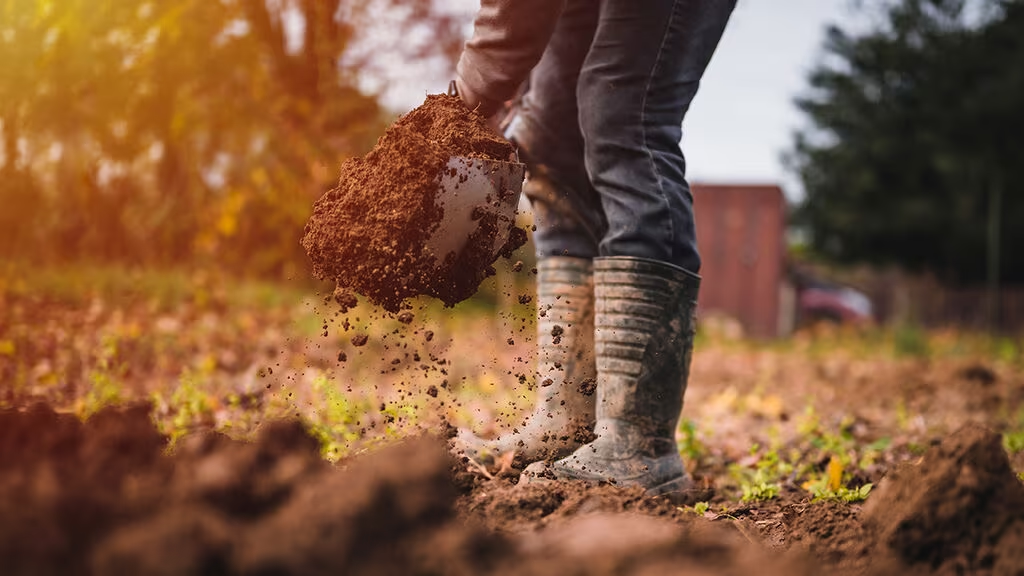Make your own soil and mulch from autumn leaves and grass clippings
Soil and fertilizer
Autumn
Despite the fact that soil and potting soil are some of the most fiddly things there are, it's not difficult to make your own – and it's a nice compliment to store-bought soil. Here are some of the methods that transform autumn leaves and grass clippings into garden gold.



Written by Liselotte Roll
Swedish garden inspirer, journalist and author of books about nature, cultivation and animals, such as "Soil", "Grow for insects" and "Chickens as a hobby".
Topics:
Soil and fertilizer
Autumn


